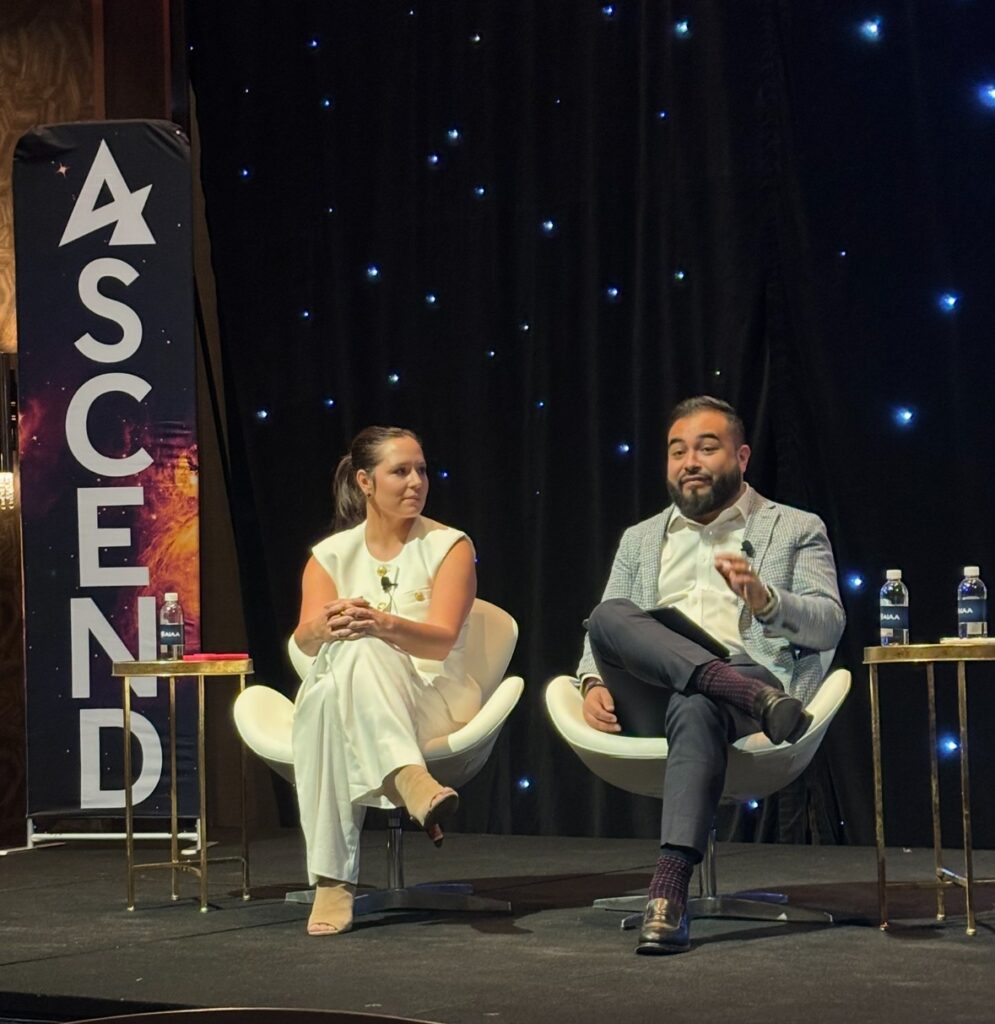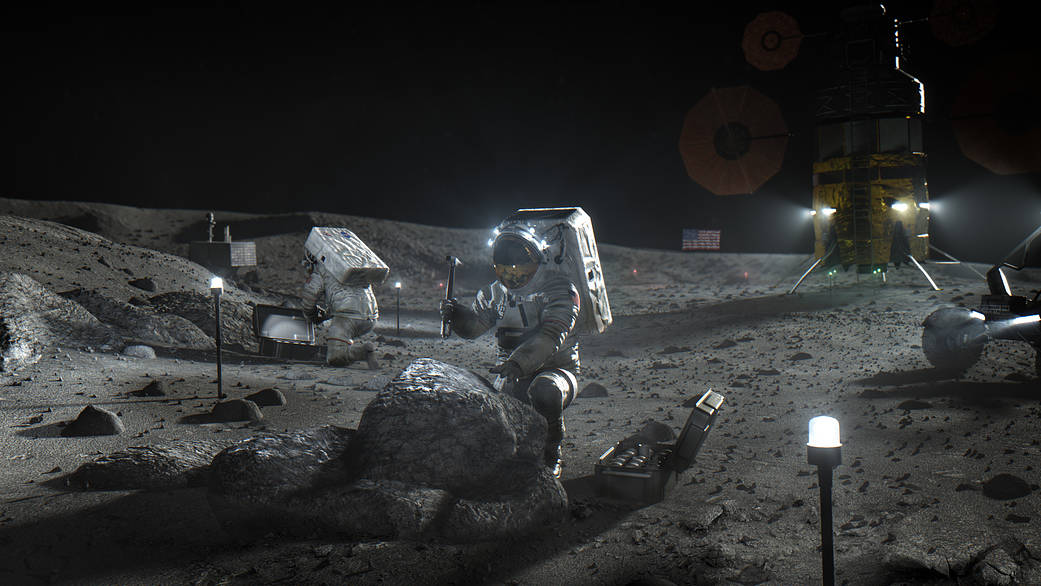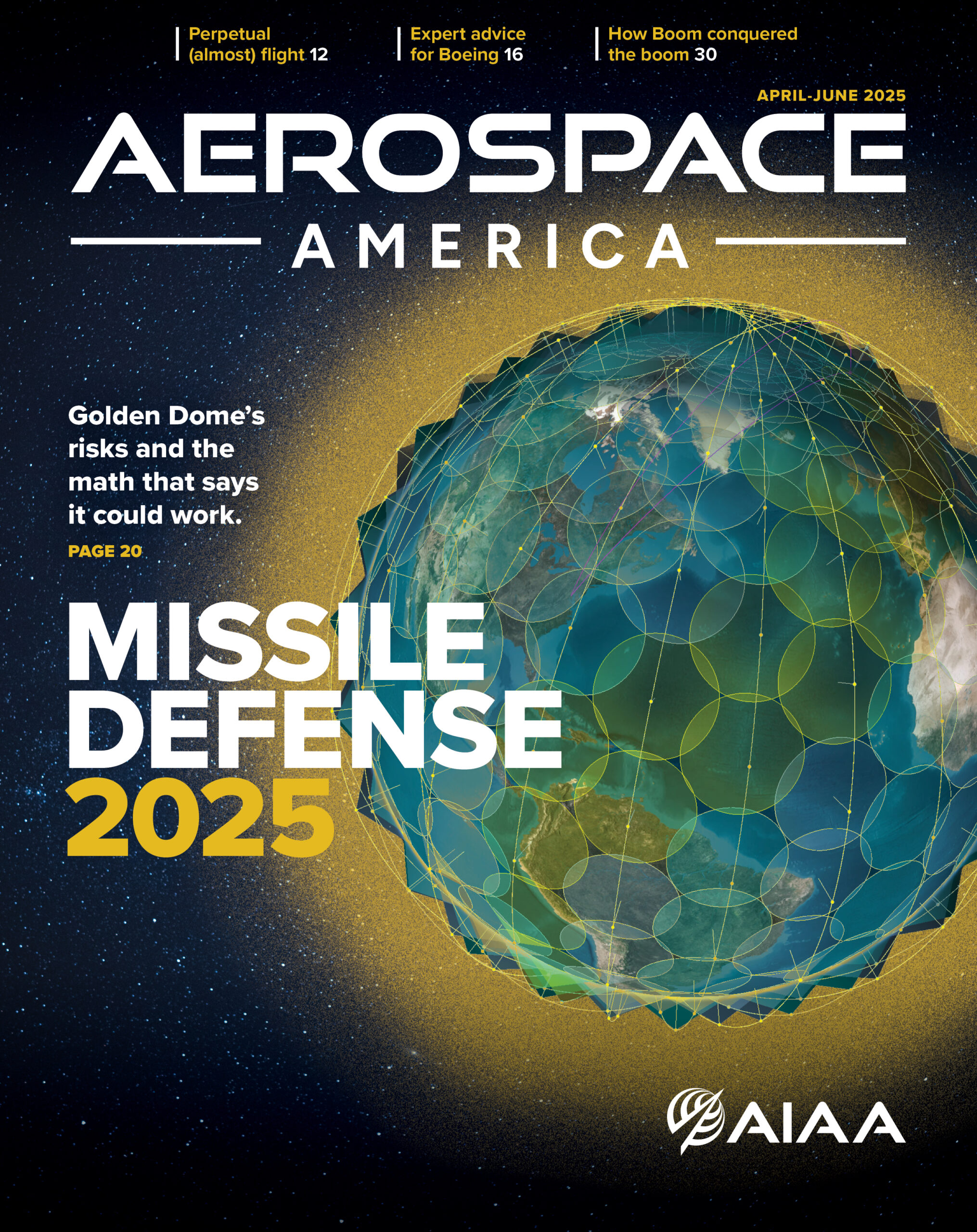Panelists Cautious on Investments in Moon Missions
The grand visions of a bustling lunar economy remain too heavily dependent on government funding, as private investment in moon missions still lags far behind, start-up founders and investors agreed during a panel discussion at 2025 ASCEND.
“Generally, from the entirety of the investment community, I’m not seeing a lot of focus there,” said Blair Bigelow May, co-founder of Desert Legacy Capital, speaking during a session titled “Trillion-Dollar Space Economy: Vision, Hype, or Reality.”

Pablo Cuervo, managing partner of VenQuest Group, identified a similar reluctance on the part of investors to back missions to the moon. “We’re still in the ‘dream and see if anything happens,’” he said. “There’s a long way to go for institutional capital.”
Lunar exploration and development are currently driven primarily by NASA’s plans to return humans to the moon under the Artemis program — and beat competitors like China.
“It’s tough, I think, to identify a commercial path if [you] are always funded by the government,” explained Bigelow May, citing “unpredictable budgets [and] the chaos of what can happen when the government is your only customer, your only funding source.”
Yet while it remains challenging to convince new investors, the potential long-term payoff is slowly but steadily drawing more interest.
“It’s something that an investor has to understand remarkably well,” she said. “There’s a lot of risk there. I think we’re close. I am personally looking for simple technology that has a big impact, that has an identifiable customer today.”
“This is about our ability to live off this planet,” explained Joe Landon, co-founder and president of Rendezvous Robotics. “That is going to open up economic avenues that we haven’t even thought of. When it becomes routine to go to the moon and live…it’s going to be creating a whole new economy.”
He added: “To me it’s not a specific economy that’s going to grow. It’s a brand-new economy that doesn’t exist yet.”
“It is just an incredibly tremendous asset,” Bigelow May said of our nearest neighbor. “It’s just a question of what will this country’s leadership look like and how can astute investors position themselves where they can minimize the downside and really benefit from the upside.”
“The moon is a landmass the size of North and South America combined,” she added. “And wars have been fought on Earth for much less. It has water, ice, so it could be an oxidizing station for future deep space missions. Asteroids have been hitting it for millennia, so every rare Earth [element] you could think of is probably there in abundance.”




